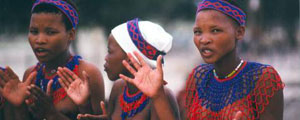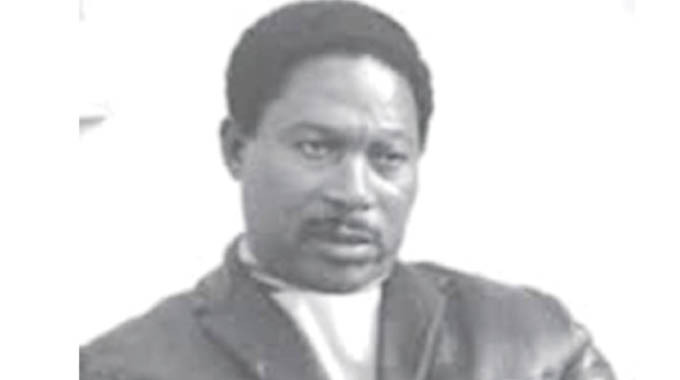
BANISI MOYO, an elderly San woman cuts a lonely figure under the shade of a tree in the burning August sun, listening intently as one of the clan leaders delivers a speech.
Own Correspondent
To her clan she is not just another elderly inching closer to the exit door, but an asset they would rather hold on to for many years to come.
Moyo, a member of the San community, who are known worldwide as the Khoi San, has never seen the inside of a classroom and she does not even know her exact age. All she remembers is that in the early 1940s, she was the size of an average five-year-old child.
This trend is prevalent in the San community, most of them shy away from school opting to do menial jobs for other ethnic groups in exchange for food.
Those who manage to go to school drop out as early as Grade 2.
In Zimbabwe, very little known is known about them, as they have been largely ignored.
Davie Ndlovu, the director of Creative Arts and Education Development Association (Caeda), an organisation that works closely with the San community, says in a census they conducted in 2010, they discovered that there were only about 1 600 San people in the country.
- Chamisa under fire over US$120K donation
- Mavhunga puts DeMbare into Chibuku quarterfinals
- Pension funds bet on Cabora Bassa oilfields
- Councils defy govt fire tender directive
Keep Reading
Ndlovu says only one member of the community managed to complete Ordinary Level education, a great achievement by their standards. Moyo might not have received formal education, but she is a fountain of knowledge and wisdom for her community.
“We were always on the move, sometimes we would go for many kilometres in search of food,” she says. “Our diet consisted of meat and wild fruits.”
“We never built any permanent structures like mud huts,” she recalls. “We would just put together a few logs and cover them with grass and that would be our home for a while.”
Once a San woman matured and was ready for marriage, the man would be required to go to the bush and hunt the best animal he could find and come and offer it to his in-laws, who would in exchange offer their daughter.
Such was their love for meat!
“Nowadays, it’s no longer like that, things have really changed,” Moyo explains. “My sister’s husband paid with a big impala, but when it was my time to get married, my husband paid with money since we had lost that part of our culture.”
According to her, a woman would be considered ready for marriage at about 25 years of age, but she says now teenagers as young as 13 were being married off.
“Our children are now getting married at a very young age,” Moyo continued.
“Most of them are now shunning the San men and are getting married to Ndebeles and Kalangas. They know Ndebeles and Kalangas are hardworking people who can take good care of them. The other reason is that these men know how cheap it is to get a San woman, because they don’t pay much. Some do not even pay anything.
“If any member of our family got sick, we had people who had knowledge on how to treat them,” she says, with a slight shake of her head.
“Nowadays we no longer have them. We have to take our sick relatives to hospitals.” Now for her survival and that of her numerous grandchildren, she weaves baskets and does other menial jobs.
Her plea to the Zanu PF government is: “If only the government can remember us and take us out of this poverty we are wallowing in.”










